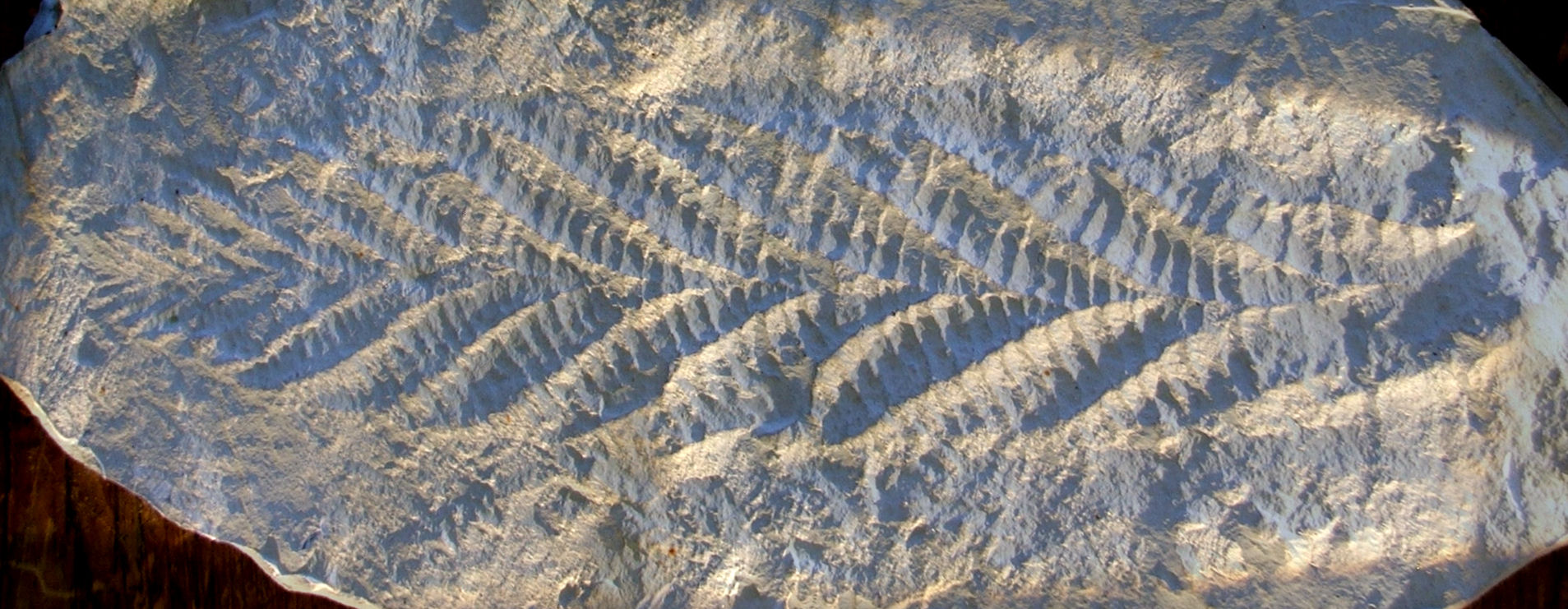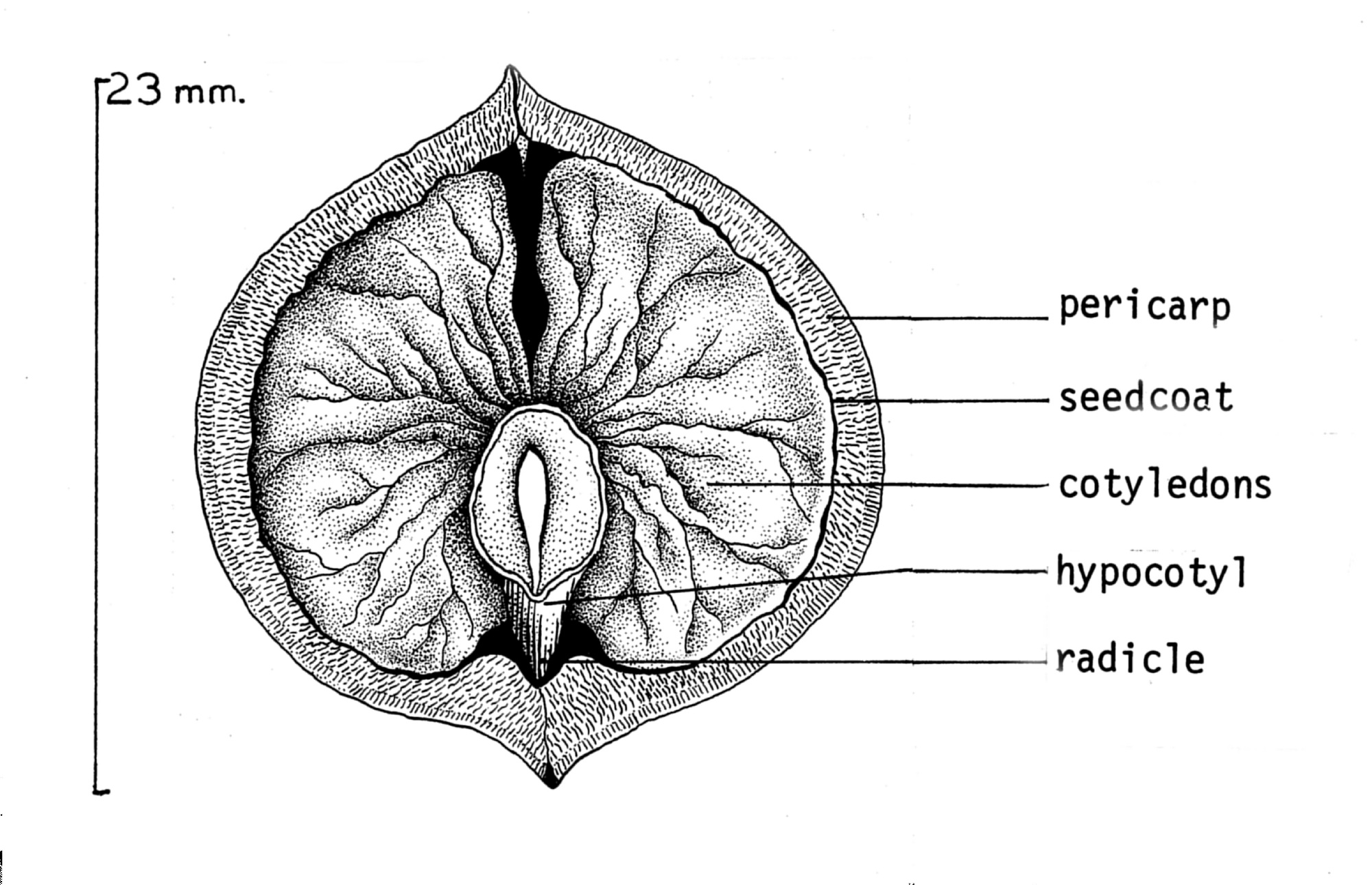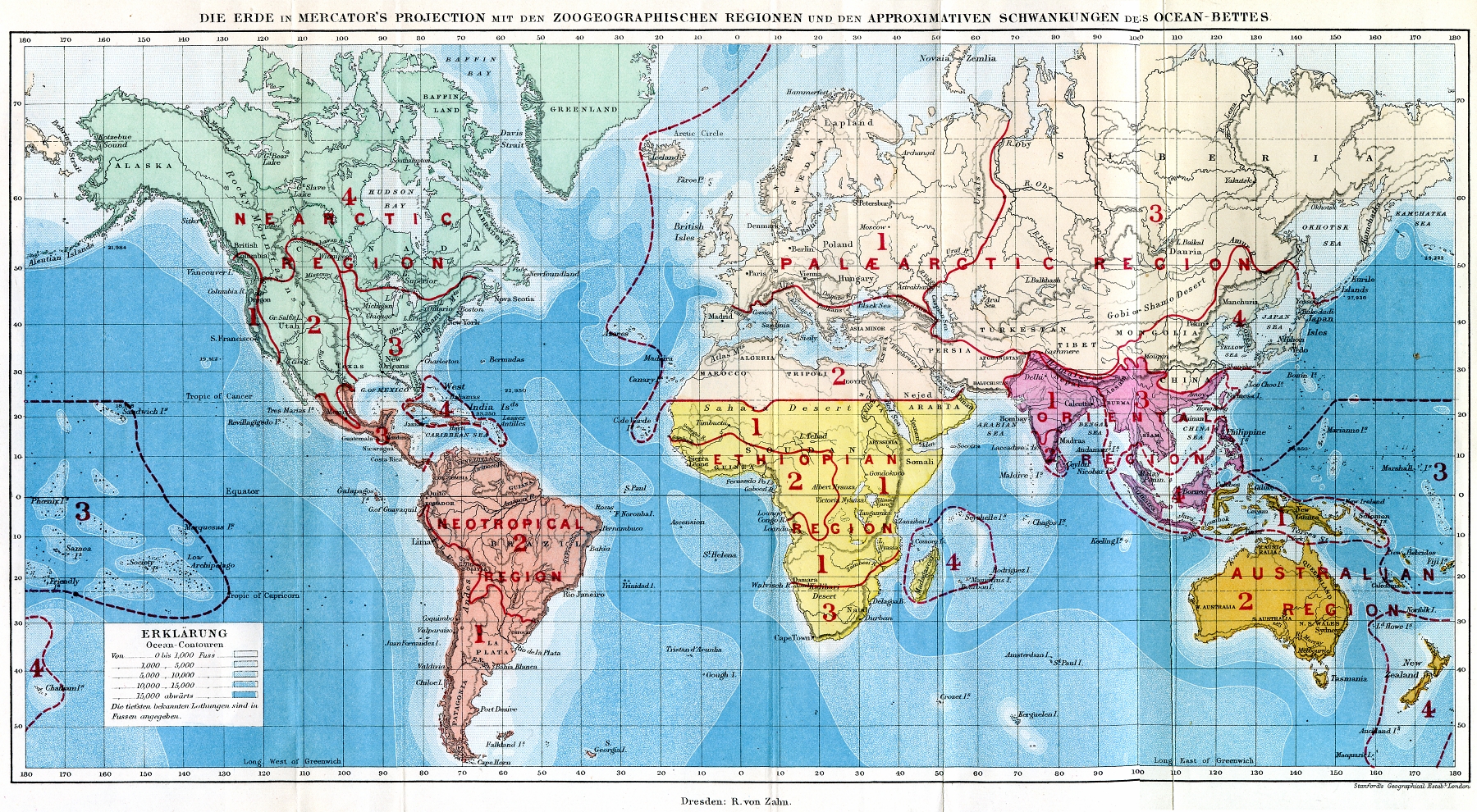|
Castanopsis
''Castanopsis'', commonly called chinquapin or chinkapin, is a genus of evergreen trees belonging to the beech family, Fagaceae. The genus contains about 140 species, which are today restricted to tropical and subtropical eastern Asia. The English name chinkapin is shared with other related plants, including the golden chinkapins of the Pacific northwest, which are sometimes included within ''Castanopsis'' but are more often considered a separate but very closely related genus, '' Chrysolepis''. Description They show many characters typical of Fagaceae. They are at least large shrubs but some species grow into sizeable trees. Their leaves are usually tough and much sclerotized and have a well-developed cuticula. Their flowers are unisexual, and the male ones are borne in erect catkins. The epigynous female flowers produce a single seed each but are congregated in small clusters. The fruit is a calybium, the kind of encased nut typical of Fagaceae. The calybium (nut) resem ... [...More Info...] [...Related Items...] OR: [Wikipedia] [Google] [Baidu] |
Castanopsis Cuspidata
''Castanopsis cuspidata'' (Japanese chinquapin; Japanese tsuburajii, 円椎) is a species of ''Castanopsis'' native to southern Japan and southern Korea. It is a medium-sized evergreen tree growing to 20–30 m tall, related to beech and oak. The leaves are 5–9 cm long and 2–4 cm broad, leathery in texture, with an entire or irregularly toothed margin. It grows in woods and ravines, especially near the sea. The cotyledon of the nut is eaten boiled or roasted. Its dead wood serves as host to many mushroom types, most notably the ''shiitake'', whose Japanese name is composed of , and . Gallery File:Castanopsis cuspidata1.jpg, Bark of base of mature tree File:Shinomura-Hachiman-gû Shintô Shrine - Castanopsis cuspidata.jpg, Tall trunk of mature tree File:Castanopsis cuspidata4.jpg, Slender, fountain-like canopy of mature specimen, viewed from beneath File:Castanopsis cuspidata.JPG, Mature, deep green leaves File:Castanopsis cuspidata kz04.jpg, Flowering shoots ... [...More Info...] [...Related Items...] OR: [Wikipedia] [Google] [Baidu] |
Castanopsis Sieboldii
''Castanopsis sieboldii'', also known as the Itajii chinkapin or Itajii, is a species of evergreen tree that lives in subtropical eastern Asia. This is a climax species that is commonly found in the Japanese temperate rainforest. Specimens are also present within the forest area of the Tokyo Imperial Palace. ''Castanopsis sieboldii'' was once thought to be a subspecies of the similar ''Castanopsis cuspidata''. Plants and animals associated with this tree include: *''Aspidistra elatior'', the cast-iron plant, grows in the understorey. *'' Acrocercops mantica'', '' Chrysocercops castanopsidis'', and '' Lymantria albescens'' larvae of these Asian moths likely mine the leaves. *'' Amantis nawai'', a small praying mantis species native to Eastern Asia is known to live around ''C. sieboldii'' where it eats insects. *Okinawa rail The Okinawa rail (''Hypotaenidia okinawae'') is a species of bird in the rail family, Rallidae. It is endemic to Okinawa Island in Japan where it is known ... [...More Info...] [...Related Items...] OR: [Wikipedia] [Google] [Baidu] |
Fagaceae
The Fagaceae (; ) are a family of flowering plants that includes beeches, chestnuts and oaks, and comprises eight genera with around 1,000 or more species. Fagaceae in temperate regions are mostly deciduous, whereas in the tropics, many species occur as evergreen trees and shrubs. They are characterized by alternate simple leaves with pinnate venation, unisexual flowers in the form of catkins, and fruit in the form of cup-like (Calybium and cupule, cupule) nuts. Their leaves are often lobed, and both petiole (botany), petioles and stipules are generally present. Their fruits lack endosperm and lie in a scaly or spiny husk that may or may not enclose the entire nut, which may consist of one to seven seeds. In the oaks, genus ''Quercus'', the fruit is a non-valved nut (usually containing one seed) called an acorn. The husk of the acorn in most oaks only forms a cup in which the nut sits. Other members of the family have fully enclosed nuts. Fagaceae is one of the most ecologically i ... [...More Info...] [...Related Items...] OR: [Wikipedia] [Google] [Baidu] |
Chrysolepis
''Chrysolepis'' is a small genus of plants in the family Fagaceae, endemic to the western United States. Its two species have the common name chinquapin. The genus occurs from western Washington south to the Transverse Ranges in Southern California, and east into Nevada. Description ''Chrysolepis'' are evergreen trees and shrubs with simple, entire (untoothed) leaves with a dense layer of golden scales on the underside and a thinner layer on the upper side; the leaves persist for 3–4 years before falling. The fruit is a densely spiny cupule containing 1–3 sweet, edible nuts, eaten by the indigenous peoples. The fruit also provides food for chipmunks and squirrels. ''Chrysolepis'' is related to the subtropical southeast Asian genus ''Castanopsis'' (in which it was formerly included), but differs in the nuts being triangular and fully enclosed in a sectioned cupule, and in having bisexual catkins. ''Chrysolepis'' also differs from another allied genus ''Castanea'' (chestn ... [...More Info...] [...Related Items...] OR: [Wikipedia] [Google] [Baidu] |
Castanea Henryi
''Castanea henryi'', Henry chestnut, Henry's chestnut, or Chinese chinquapin (a name it shares with '' Castanea seguinii''), pearl chestnut, and in , ''zhui li'', is a species of chestnut native to south-central and southeast China. A tree reaching 30m, it is a source of good timber, but has smaller nuts than its size might suggest. Like its close relative ''Castanea mollissima ''Castanea mollissima'', also known as the Chinese chestnut, is an Asian species of chestnut tree in the family Fagaceae. Description It is a deciduous tree growing to tall with a broad crown. The leaves are alternate, simple, long and b ...'' (Chinese chestnut) it is widely cultivated in China, and quite a few varieties have been developed in recent times. References {{Taxonbar, from=Q577422 henryi Endemic flora of China Trees of China Plants described in 1916 Flora of South-Central China Flora of Southeast China Taxa named by Alfred Rehder ... [...More Info...] [...Related Items...] OR: [Wikipedia] [Google] [Baidu] |
Form Taxa
Form classification is the classification of organisms based on their morphology, which does not necessarily reflect their biological relationships. Form classification, generally restricted to palaeontology, reflects uncertainty; the goal of science is to move "form taxa" to biological taxa whose affinity is known. Form taxonomy is restricted to fossils that preserve too few characters for a conclusive taxonomic definition or assessment of their biological affinity, but whose study is made easier if a binomial name is available by which to identify them. The term "form classification" is preferred to "form taxonomy"; taxonomy suggests that the classification implies a biological affinity, whereas form classification is about giving a name to a group of morphologically-similar organisms that may not be related. A "parataxon" (not to be confused with parataxonomy), or "sciotaxon" (Gr. "shadow taxon"), is a classification based on incomplete data: for instance, the larval stage ... [...More Info...] [...Related Items...] OR: [Wikipedia] [Google] [Baidu] |
Shengxian
Shengzhou (), formerly Shengxian or Sheng County, is a county-level city in central Zhejiang, south of the Hangzhou Bay, and is the south-eastern part of the prefecture-level city of Shaoxing. It is about 1.5 hours drive from the provincial capital of Hangzhou through the Hangzhou-Ningbo, Shangyu-Sanmen Expressway. As of the 2020 census, its population was 675,226, but 1,094,262 lived in the built-up area made of Shengzhou City and Xinchang County largely being conurbated. Economy The city is the national and international top producer of ties. Art Shengzhou is the origin of the Yue opera, the second most popular Chinese opera. Administrative divisions As of 2020, Shengzhou is divided into 4 Subdistricts, 10 Towns and 1 Township A township is a form of human settlement or administrative subdivision. Its exact definition varies among countries. Although the term is occasionally associated with an urban area, this tends to be an exception to the rule. In Australia, Canad ... [...More Info...] [...Related Items...] OR: [Wikipedia] [Google] [Baidu] |
Rocky Mountains
The Rocky Mountains, also known as the Rockies, are a major mountain range and the largest mountain system in North America. The Rocky Mountains stretch in great-circle distance, straight-line distance from the northernmost part of Western Canada, to New Mexico in the Southwestern United States. Depending on differing definitions between Canada and the U.S., its northern terminus is located either in northern British Columbia's Terminal Range south of the Liard River and east of Rocky Mountain Trench, the Trench, or in the northeastern foothills of the Brooks Range/British Mountains that face the Beaufort Sea coasts between the Canning River (Alaska), Canning River and the Firth River across the Alaska-Yukon border. Its southernmost point is near the Albuquerque metropolitan area, Albuquerque area adjacent to the Rio Grande rift and north of the Sandia–Manzano Mountains, Sandia–Manzano Mountain Range. Being the easternmost portion of the North American Cordillera, the Rockie ... [...More Info...] [...Related Items...] OR: [Wikipedia] [Google] [Baidu] |
North America
North America is a continent in the Northern Hemisphere, Northern and Western Hemisphere, Western hemispheres. North America is bordered to the north by the Arctic Ocean, to the east by the Atlantic Ocean, to the southeast by South America and the Caribbean Sea, and to the south and west by the Pacific Ocean. The region includes Middle America (Americas), Middle America (comprising the Caribbean, Central America, and Mexico) and Northern America. North America covers an area of about , representing approximately 16.5% of Earth's land area and 4.8% of its total surface area. It is the third-largest continent by size after Asia and Africa, and the list of continents and continental subregions by population, fourth-largest continent by population after Asia, Africa, and Europe. , North America's population was estimated as over 592 million people in list of sovereign states and dependent territories in North America, 23 independent states, or about 7.5% of the world's popula ... [...More Info...] [...Related Items...] OR: [Wikipedia] [Google] [Baidu] |
Nut (fruit)
A nut is a fruit consisting of a hard or tough nutshell protecting a kernel which is usually edible. In general usage and in a culinary sense, many dry seeds are called nuts, but in a botanical context, "nut" implies that the shell does not open to release the seed (Dehiscence (botany), indehiscent). Most seeds come from fruits that naturally free themselves from the shell, but this is not the case in nuts such as hazelnuts, chestnuts, and acorns, which have hard shell walls and originate from a compound ovary. Definition A seed is the mature fertilised ovule of a plant; it consists of three parts, the embryo which will develop into a new plant, stored food for the embryo, and a protective seed coat. Botany, Botanically, a nut is a fruit with a woody pericarp developing from a syncarpous gynoecium. Nuts may be contained in an Bract#Involucral bracts, involucre, a cup-shaped structure formed from the flower bracts. The involucre may be scaly, spiny, leafy or tubular, depending ... [...More Info...] [...Related Items...] OR: [Wikipedia] [Google] [Baidu] |
Pacific
The Pacific Ocean is the largest and deepest of Earth's five oceanic divisions. It extends from the Arctic Ocean in the north to the Southern Ocean, or, depending on the definition, to Antarctica in the south, and is bounded by the continents of Asia and Australia in the west and the Americas in the east. At in area (as defined with a southern Antarctic border), the Pacific Ocean is the largest division of the World Ocean and the hydrosphere and covers approximately 46% of Earth's water surface and about 32% of the planet's total surface area, larger than its entire land area ().Pacific Ocean . '' Britannica Concise.'' 2008: Encyclopædia Britannica, Inc. The centers of both the [...More Info...] [...Related Items...] OR: [Wikipedia] [Google] [Baidu] |
Biogeography
Biogeography is the study of the species distribution, distribution of species and ecosystems in geography, geographic space and through evolutionary history of life, geological time. Organisms and biological community (ecology), communities often vary in a regular fashion along geographic gradients of latitude, elevation, allopatric speciation, isolation and habitat species-area curve, area. Phytogeography is the branch of biogeography that studies the distribution of plants. Zoogeography is the branch that studies distribution of animals. Mycogeography is the branch that studies distribution of fungi, such as mushrooms. Knowledge of spatial variation in the numbers and types of organisms is as vital to us today as it was to our early human ancestors, as we adapt to heterogeneous but geographically predictable Natural environment, environments. Biogeography is an integrative field of inquiry that unites concepts and information from ecology, evolutionary biology, taxonomy (bio ... [...More Info...] [...Related Items...] OR: [Wikipedia] [Google] [Baidu] |





